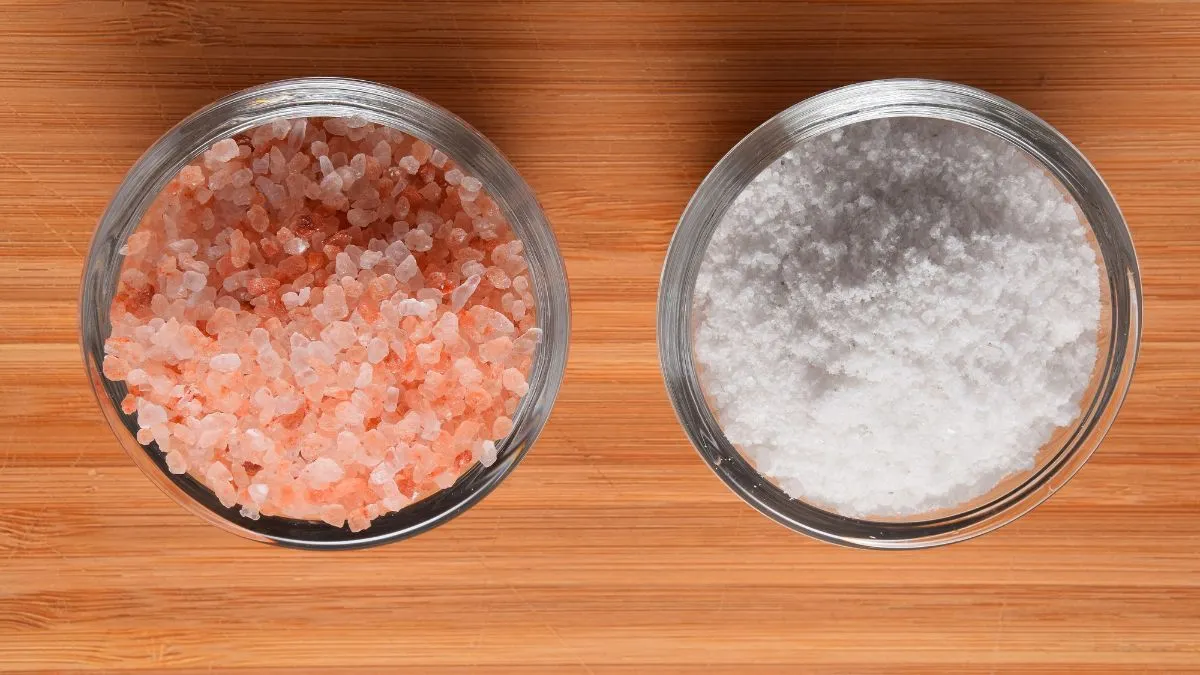Rock salt (also known as sendha namak or Himalayan salt) is often considered a healthier alternative to regular table salt, largely due to its more natural, less refined state.
Here are some key points about the differences:
- Lower Processing: Rock salt is typically less processed than regular table salt, which may contain additives like anti-caking agents. This lack of additives can make rock salt a more “natural” choice.
- Mineral Content: Rock salt contains trace minerals like potassium, magnesium, and calcium, which give it a slightly different flavor and color. However, these minerals are present in small amounts and don’t significantly contribute to daily requirements.
- Iodine: Regular table salt is fortified with iodine, an essential nutrient for thyroid function. If you use rock salt exclusively, ensure you get enough iodine from other sources, like seafood, dairy, or fortified foods.
- Sodium Content: Both rock salt and table salt contain comparable amounts of sodium, so the health impact on blood pressure is similar. High sodium intake from any salt type should still be managed, especially for people concerned with blood pressure or heart health.
If you’re choosing between rock salt and regular salt, rock salt offers a more natural alternative and trace minerals, but the health impact remains primarily tied to sodium intake. For health purposes, moderation is key with any type of salt.







